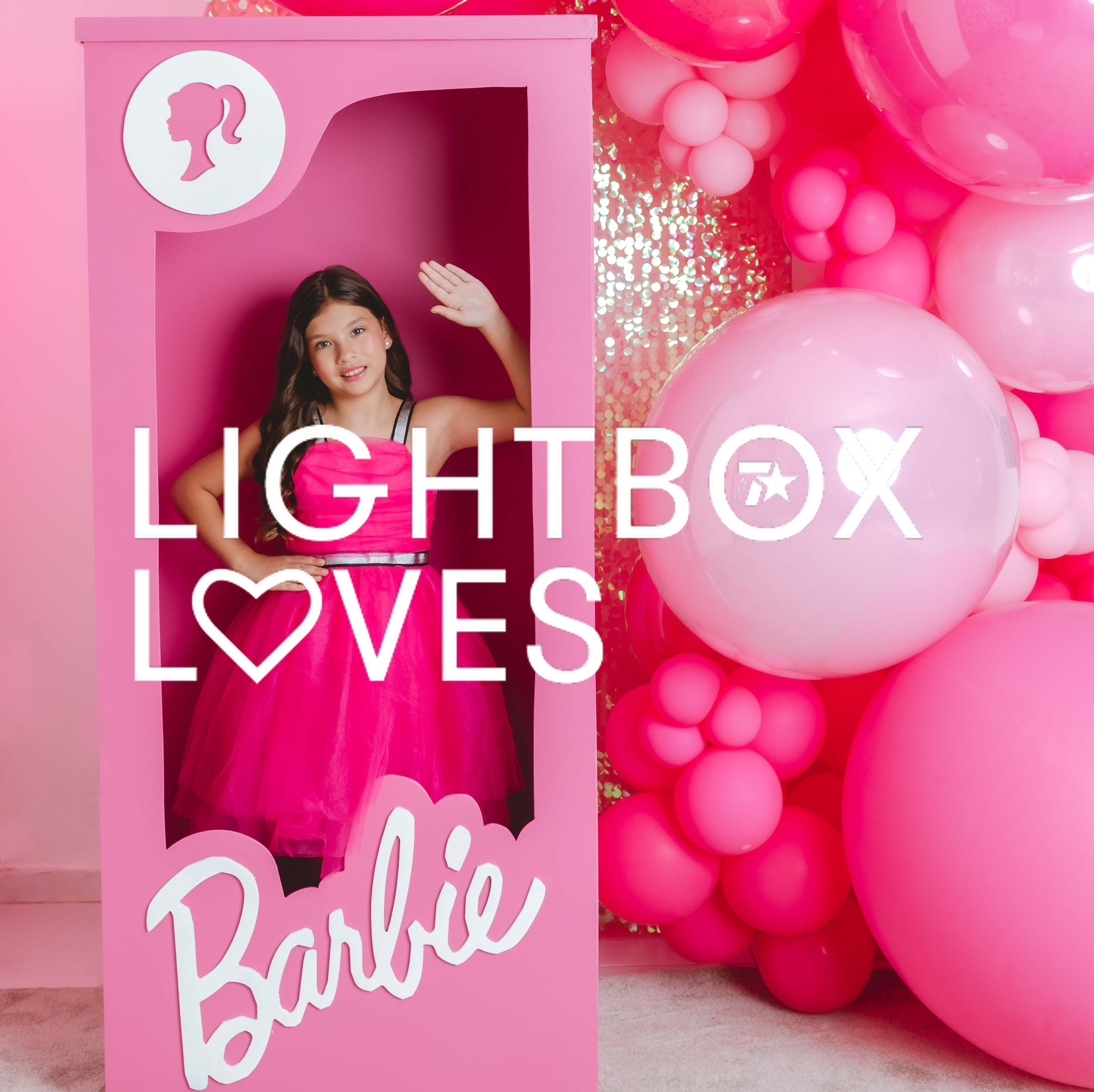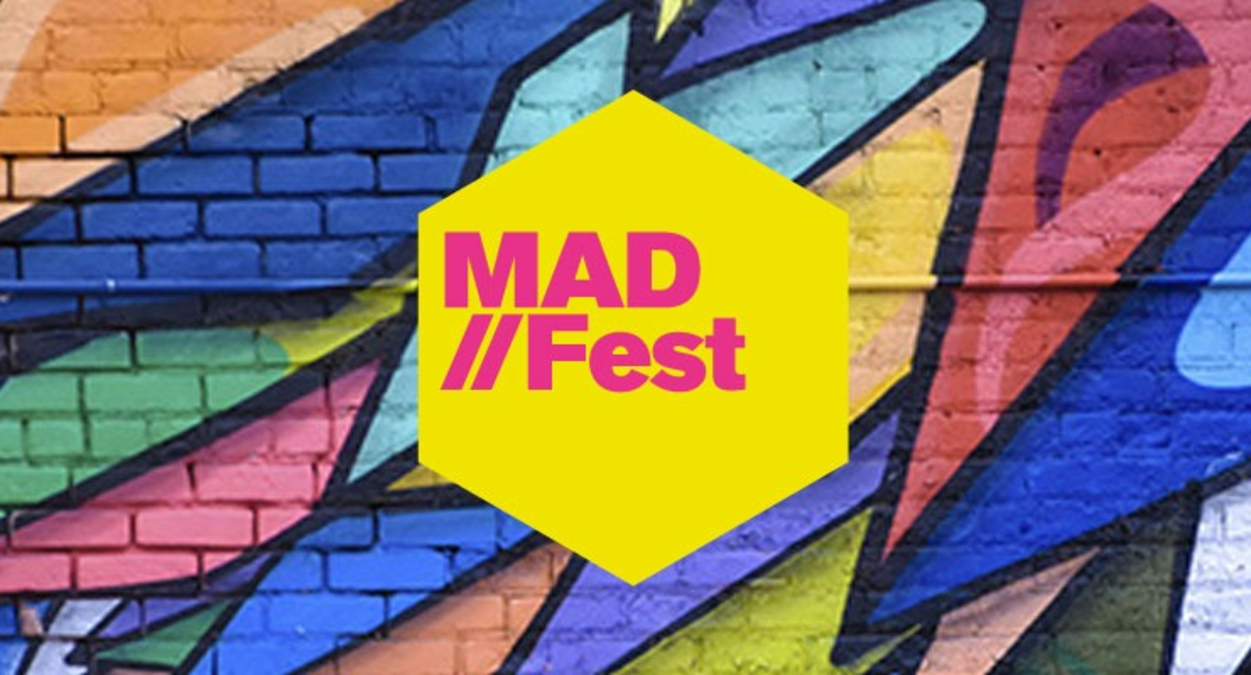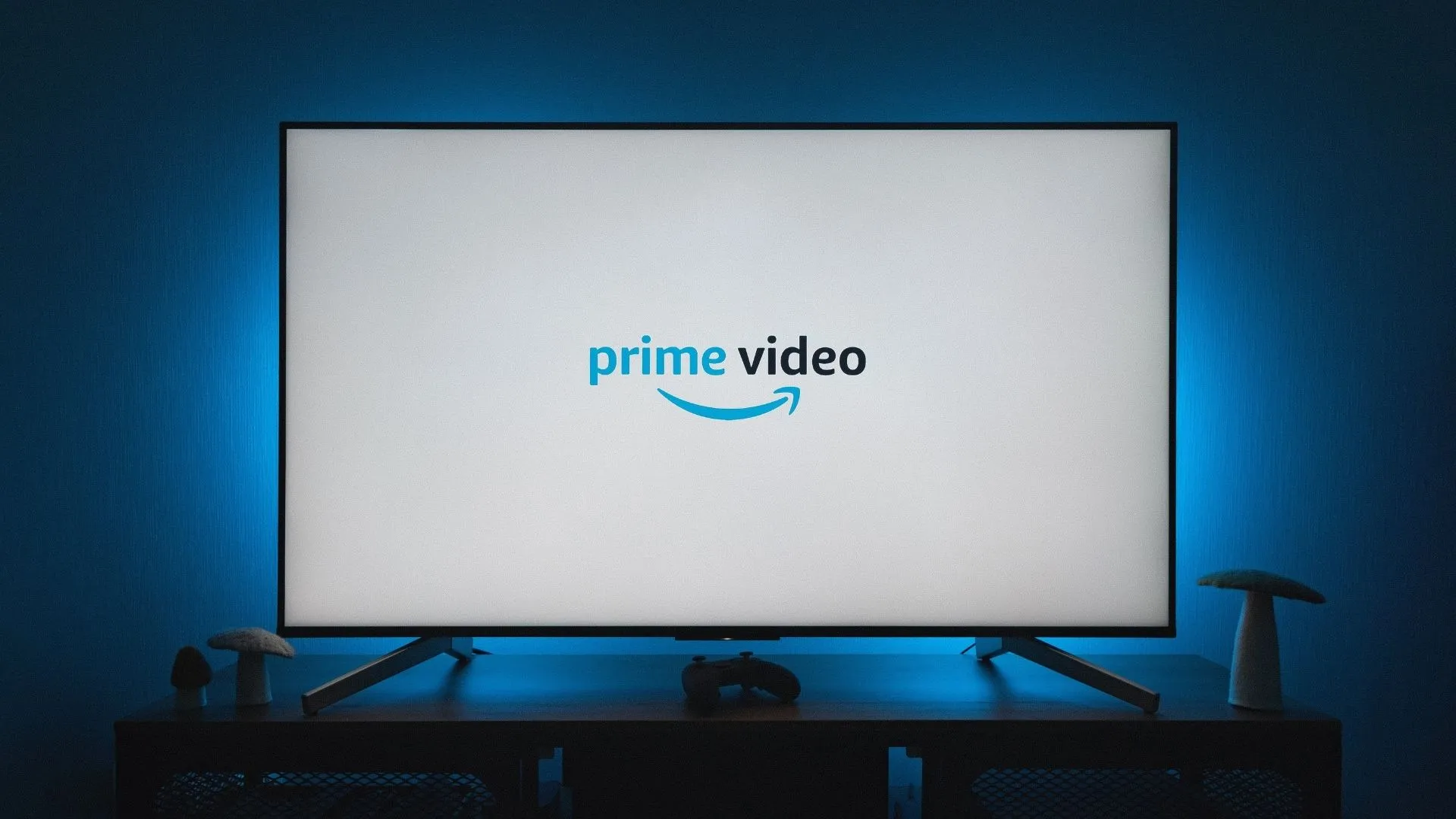
As well as capturing the hearts of the nation this summer, the Barbie movie offers a refreshing perspective turning gender stereotypes on their head and championing female empowerment.
The Rise of the Female Gaze
The film unfolds in Barbieland where Barbie’s dominate and Ken’s exist merely as their accessories. Cleverly subverts gender roles, Barbie is transported Barbie into the real world and is forced to contend with a patriarchal world and the corresponding limitations placed on female power. In navigating the real world Barbie, once a two-dimensional character, proves herself to be a problem-solver and natural-born leader. By heroing these qualities the movie promotes female empowerment and breaks the stereotype that women are weak or incapable.
In an age where empowering messages for young girls and women are more important than ever, the Barbie movie is exemplary in showcasing a role model that females can aspire to. Written and directed by Greta Gerwig, renowned for putting women and their untold stories at the forefront of her movies, Barbie appeals to an audience who are hungry for more and better representation. The film courts the rarely portrayed ‘female gaze’ a term coined to counter the traditional male gaze ‘not by objectifying men but by telling women’s stories with nuance, depth, and authenticity’. Research conducted by the7stars found that 68% of 16-34-year-olds found it refreshing to watch a movie that portrayed the female gaze.
We’re seeing brands catch on to this thirst for representation and championing of female voices. Fashion brand, Simply Be has launched a podcast series, talking to some of the UK’s biggest female icons as they share their remarkable journeys of determination. “Shaping Success is about celebrating women, from all walks of life and in all their shapes and sizes. We worked closely with the7stars and Platform Media to build a podcast series that amplifies credible voices and influencers’” Simply Be head of marketing, Sinead Donohoe said.
Encouraging a more diverse expression of femininity
As well as upholding female empowerment the Barbie movie is impacting wider culture with numerous subcultures emerging off the back of the hype. One such subculture is Barbicore, a kind of ‘feminine realism’ that suggests that all expressions of gender are ‘fake’ in a sense. This aesthetic has emerged in an era of hyper-feminine and maximalist looks and is proving popular among cisgender women and the queer community. Barbicore idealistically ‘envisions a world where the female gaze reigns in every area, rather than taking masculine-coded ‘seriousness’ – which takes just as much effort for people who aren’t cis men to participate in – as the prerequisite for professionalism and respect’. This aligns with ‘Ephemeral Experimentation’ a trend that the7stars identified as ‘one to watch for 2023’ as part of our Culture Codes research. The trend ties into Gen Z’s commitment-free, trial-and-error approach to identity and encapsulates their desire to challenge assumptions and live limitlessly.
(Sources: Canvas8.com – ‘What’s behind the rise of the female gaze’, ‘How Barbicore is eschewing the male gaze’, ‘Barbie movie elevates the female gaze’, Goodnet.org – ‘The new movie breaking barriers for girls and women’, shutterstock.com/blog ‘Barbicore trend and female empowerment’, the7stars Cultural Codes research, the7stars Pulse research).








Recent Comments